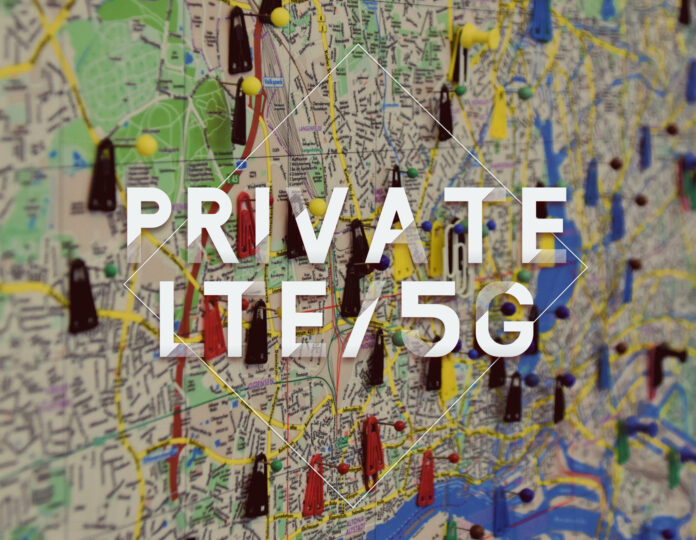More research from a private cellular network provider into the business value of private cellular networks says… private cellular networks rock, compared to enterprise Wi-Fi. Well, of course they do – the findings echo previous total-cost-of-ownership (TCO) calculations, from Nokia and others (and they are not about to say anything else). But they are worth repeating, too – if only to explain the sales patter that goes with private LTE and 5G, currently.
The message this time, from US-based Celona, with a new TCO tool to promote, is that enterprises can save 50 to 75 percent in production costs thanks to private LTE/5G, enabling a return on investment (ROI) in just three months – “versus conventional alternatives for enterprise wireless”. This is the story for industrial enterprises looking to force the Industry 4.0 narrative in the US, where Celona is active, using shared CBRS spectrum.
Mobile Experts, which handled the analysis, has run the rule over private (pseudo) industrial-grade cellular versus private enterprise-grade Wi-Fi – and presumably had a hand in the new TCO tool. A statement said, somewhat equivocally, that “a Celona wireless network utilising private cellular spectrum… delivered 50 to 75 percent annual savings by eliminating network-related production disruptions… [and] loss in material and labour costs”.
Indeed, the press statement, if not the study itself (available here), puts focus on a single illustrative example – a US-based steel manufacturer, which has kicked the tyres on Celona’s CBRS system – to get to its headline (50-75 percent savings, actually stretching potentially to 200 percent / three-month returns) figures. “Due to the eliminated downtime for critical operations, the report also reviewed the cost of acquisition for different technologies evaluated,” it says.
“This acquisition cost model included hardware and software components of wireless access points, LAN switching, cabling and labour costs associated with access-point installation, and cable pulls to the access points. The findings showed that a fully integrated Celona system can deliver up to 30 and 200 percent cost savings when compared to enterprise Wi-Fi and carrier vendor infrastructure system costs, respectively.”
Most cost savings, at least from a deployment point of view, are because wider-area cellular simply requires fewer cell sites (“greater wireless coverage cell size on a per radio basis”) to connect production environments, as well as sundry other warehousing and industrial facilities. “It requires four-to-six times fewer indoor and outdoor access points than Wi-Fi,” the statement says. The report compares private LTE/5G with Wi-Fi 6, specifically.
Kyung Mun, principal analyst at Mobile Experts, commented: “CBRS-based wireless infrastructure can deliver some fairly profound cost savings and return on investment across industrial environments such as manufacturing and warehousing. Using the Celona solution, one steel manufacturer was effectively able to save up to $2.7 million a year in labour and material costs by avoiding operational disruptions they experienced using Wi-Fi.”
Özer Dondurmacıoğlu, vice president of strategic accounts at Celona, said: “With private cellular wireless proving to deliver a quick and compelling ROI, we believe industrial enterprises will increasingly seek Celona to augment Wi-Fi networks and take on digitizing more of their business-critical process workflows. As a result, accelerating how they do business and how fast they serve their customers.”

